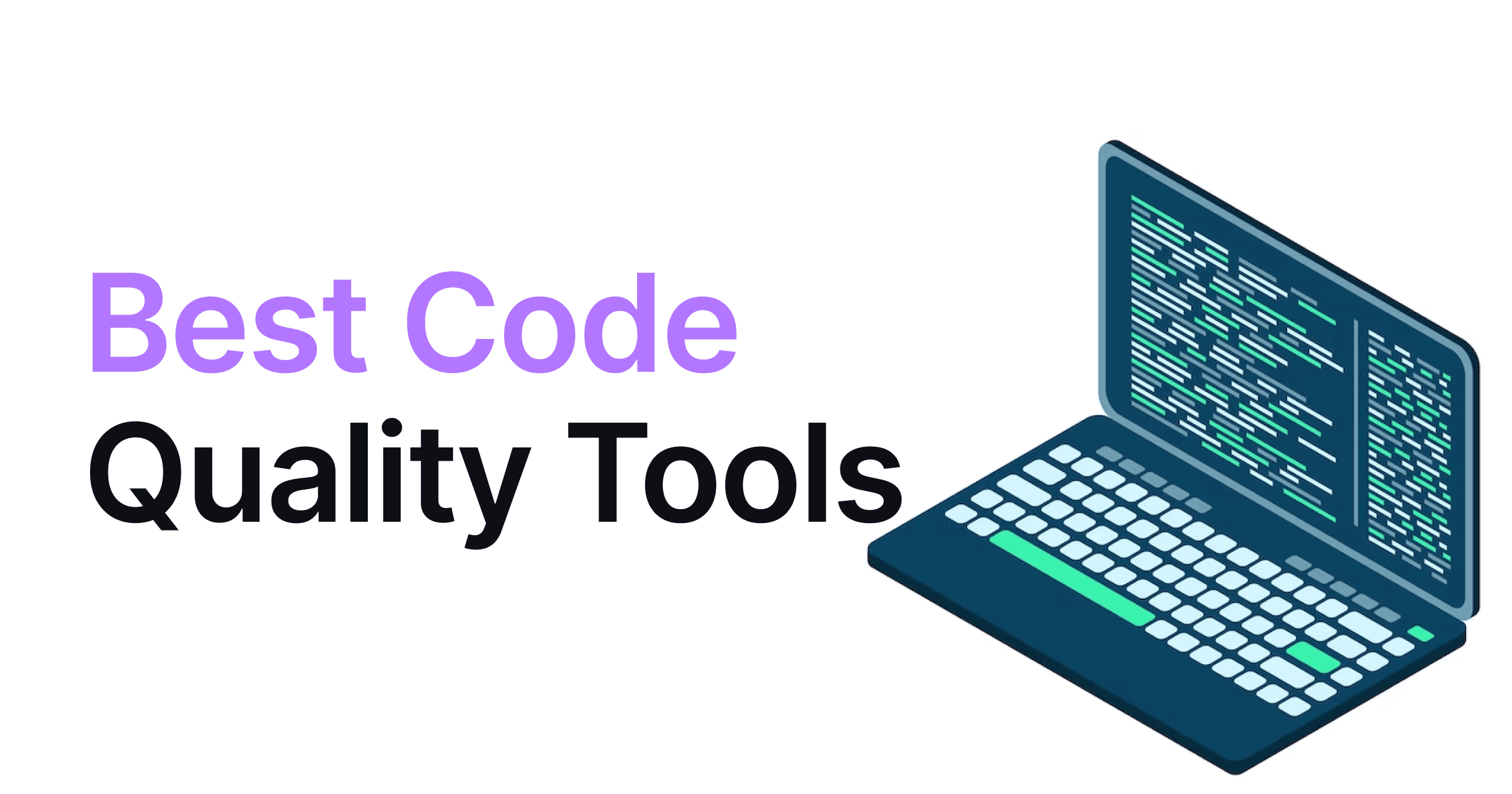Cyber Vulnerability
Code Security
Amartya Jha
• 04 April 2025
Imagine this: you download a ZIP file from what looks like a trusted source, open it with WinRAR, and unknowingly give a hacker full control of your machine—without ever clicking “Run.” This is not science fiction, but the very real and active threat posed by CVE-2025-31334, a critical vulnerability in WinRAR.
This flaw allows attackers to execute malicious code simply by convincing users to open a seemingly harmless archive. The kicker? It bypasses Windows’ built-in safety net known as Mark of the Web (MotW), designed to warn users before opening untrusted files.
Let’s unpack what happened, how it works, who’s at risk, and—most importantly—how you can protect yourself.
What is CVE-2025-31334?
CVE-2025-31334 is a high-severity vulnerability found in WinRAR, a popular file compression and extraction utility used by hundreds of millions worldwide.
The flaw allows attackers to:
Craft malicious archive files (like .RAR or .ZIP)
Bypass the Mark-of-the-Web protection
Execute malicious code on the victim’s system—without their knowledge
This exploit has already been seen in the wild, actively used in phishing campaigns where users are lured into downloading infected files.
To understand the exploit, here’s a step-by-step breakdown in simple terms:
WinRAR Archive Trickery:
Attackers create a compressed archive (ZIP or RAR) with malicious payloads.Bypassing “Mark-of-the-Web”:
Normally, when a file is downloaded from the internet, Windows attaches metadata called MotW that prompts a security warning. This flaw bypasses that warning, so users don’t see any red flags when they open the file.Execution Without Interaction:
The user opens the archive and clicks on what appears to be a text file or image—but it’s actually a disguised script or executable. The payload is launched with no additional prompts, and the system is compromised.Result:
Once inside, attackers can steal data, install malware, or take full control of the machine.
This vulnerability impacts:
All versions of WinRAR prior to 7.11 (which is the patched version)
Individuals who download compressed files from unknown or untrusted sources
Businesses that allow unrestricted downloading or use WinRAR on endpoint systems
Anyone on Windows using WinRAR without updated protections
Even careful users are at risk if they don’t recognize the manipulated files.
Security researchers and vendors have already observed real-world attacks leveraging this flaw in targeted campaigns. Here’s what’s happening:
Phishing emails: Cybercriminals send out archives disguised as resumes, invoices, or contracts.
Drive-by downloads: Malicious archive files hosted on compromised websites trick users into opening them.
Supply-chain threats: Software packages shared in RAR/ZIP formats may carry hidden malicious payloads.
Because the attack bypasses warnings, even security-conscious users could be fooled.
Here’s how you or your organization can stay protected:
1. Update WinRAR Immediately
Download and install WinRAR version 7.11 from the official WinRAR website. This version contains the fix for CVE-2025-31334.
2. Use Built-In ZIP Tools
If you don't need WinRAR specifically, consider using Windows' built-in ZIP extractor, which doesn’t suffer from this flaw.
3. Enable Security Software
Ensure that antivirus or EDR tools are up to date. Many modern endpoint protection solutions can detect suspicious archive behavior.
4. Educate Your Team
Make sure everyone knows to:
Avoid opening unexpected archives
Be cautious even with familiar senders (in case of account compromise)
Report any suspicious behavior immediately
5. Monitor File Activity
Admins should monitor systems for unusual archive unpacking behavior, script execution, or external connections post-extraction.




